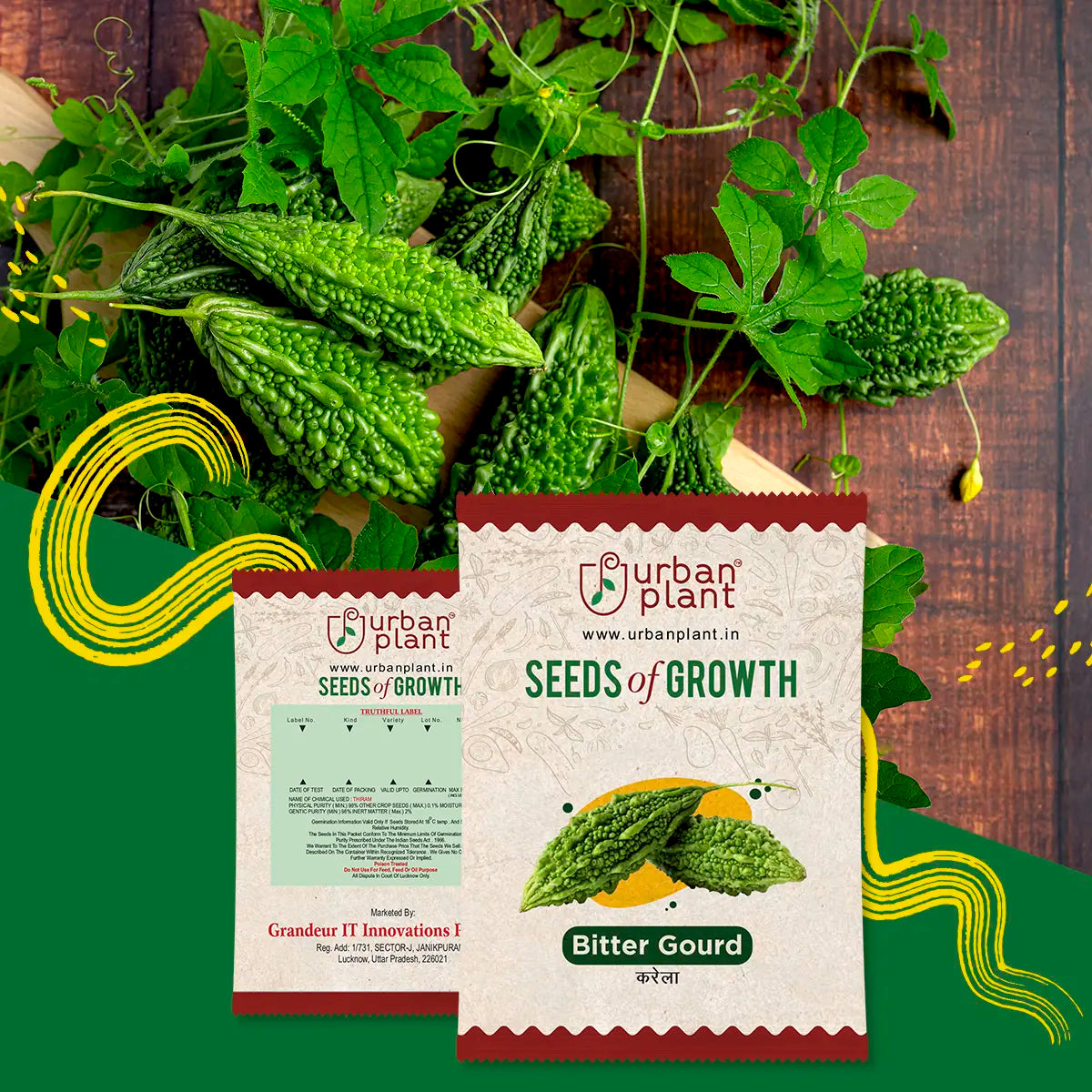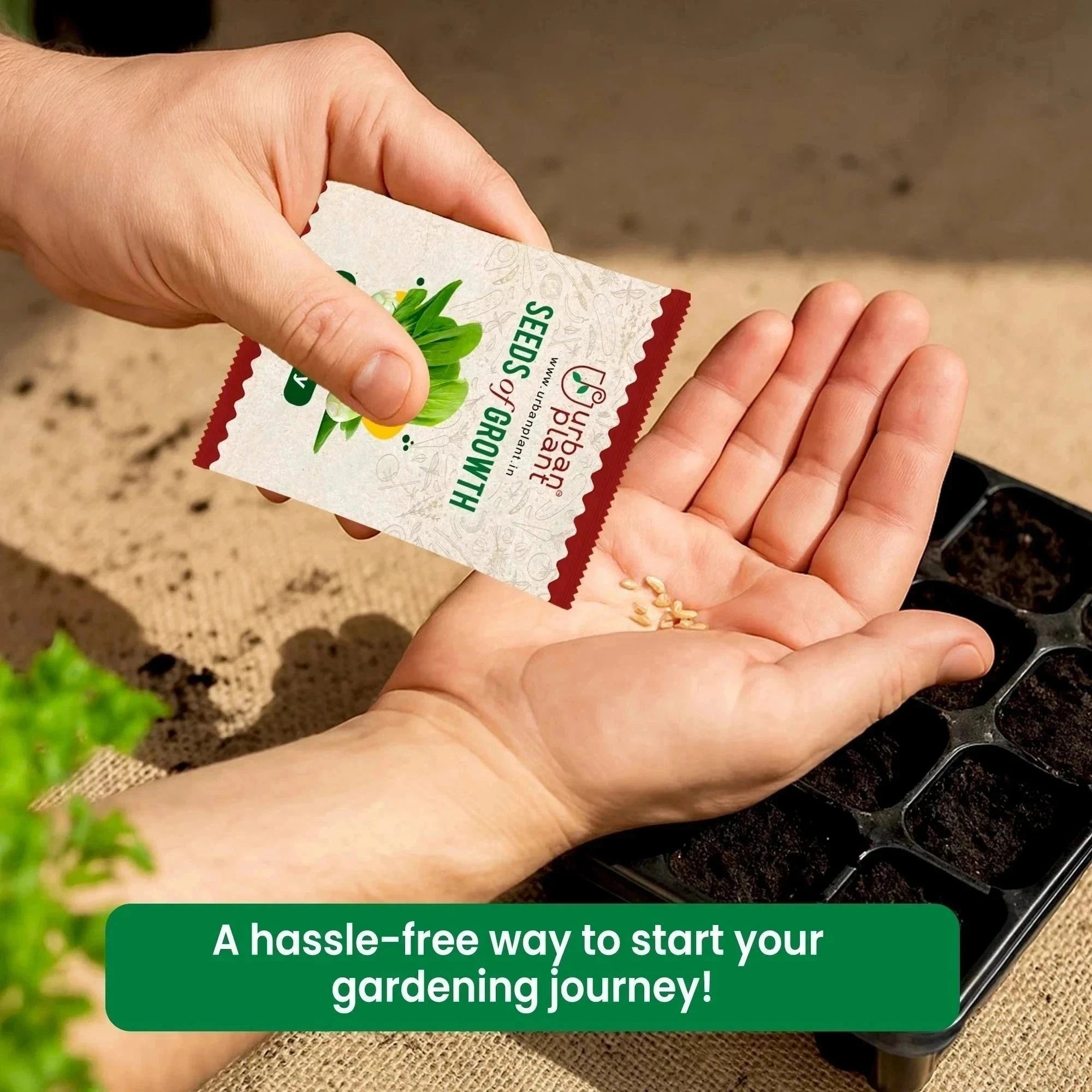Description
Bitter Gourd, also known as Karela, is a highly nutritious vegetable that thrives in warm climates. It offers a unique bitter flavour and numerous health benefits, including aiding digestion and boosting immunity. This plant features vibrant green, wrinkled fruits that grow in an elongated shape, making them perfect for a variety of culinary uses. Ideal for both home gardeners and enthusiasts, Bitter Gourd is well-suited for pots, containers, or garden beds. It is a fast-growing, hardy plant that produces consistent yields throughout its growing period, offering both beauty and practicality.






